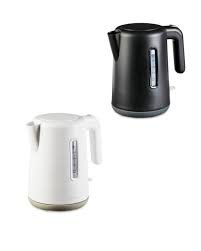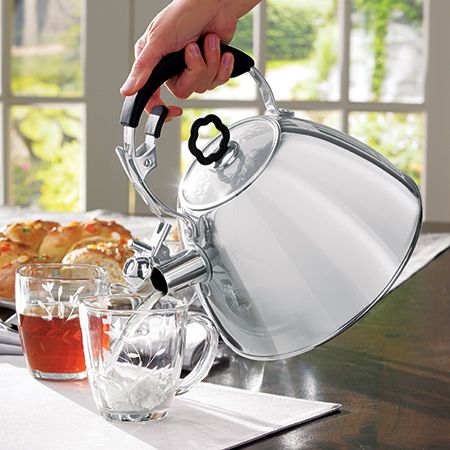Hey there, fellow bakers and kitchen adventurers! Are you ready to dive into the delightful world of baking with a twist? If you’re tired of struggling with sticky muffin messes or unevenly baked treats, it’s time to embrace the wonders of the silicone muffin pan! in this comprehensive guide, we’re going to walk you through every step of using a silicone muffin pan like a pro. Get ready to create picture-perfect muffins and cupcakes with ease and enjoy the journey of stress-free baking. So, aprons on and spatulas ready – let’s get started on this delectable adventure!
Why Choose a Silicone Muffin Pan?
Before we dive into the nitty-gritty, let’s quickly talk about why a silicone muffin pan is worth your attention. These vibrant, flexible pans are a game-changer in the baking world. Here’s why:
- Non-Stick Marvel: Silicone’s non-stick surface means no more prying and prodding to release your treats. Say goodbye to torn muffin tops and bottoms stuck to the pan!
- Easy Cleanup: Cleaning is a breeze – no more scraping or soaking. Just a quick wash and you’re good to go for your next baking adventure.
- Even Baking: Silicone distributes heat evenly, resulting in uniformly baked muffins that are golden and perfect every time.
- Temperature Tolerance: Silicone pans are freezer and oven safe, giving you versatile baking options beyond just muffins.
Preparing Your Silicone Muffin Pan:
The foundation of successful baking lies in proper preparation. Follow these steps to ensure your silicone muffin pan is ready to create culinary magic:
- Give It a Warm Welcome:
Start by giving your new silicone muffin pan a warm welcome. Wash it gently with warm, soapy water, and rinse it thoroughly. This will help remove any manufacturing residues and ensure your pan is clean for its baking debut.
- Dry Thoroughly:
After washing, make sure your silicone pan is completely dry before use. You can towel-dry it or let it air-dry. Moisture can affect your muffins’ texture and even baking, so don’t rush this step.
- Greasing or Lining – Your Choice:
The beauty of silicone is its non-stick nature, but a little extra help won’t hurt. You can choose to lightly grease the cups with butter or non-stick cooking spray, or use paper liners for added convenience. This step guarantees a flawless release once your muffins are baked to perfection.
Mixing and Preparing the Muffin Batter:
Now that your silicone muffin pan is prepped and ready, let’s dive into creating the perfect batter for your treats:
Step 1: Choose Your Recipe:
Select a muffin recipe that makes your taste buds dance. Whether you’re into classic blueberry muffins or adventurous chocolate-chip-pumpkin creations, pick a recipe that sparks joy.
Step 2: Gather Your Ingredients:
Measure and prepare your ingredients according to the recipe. Having everything ready before you start mixing ensures a smooth and enjoyable baking experience.
Step 3: Mix with Care:
Follow the recipe instructions to mix your batter. Remember, a few lumps are okay – overmixing can lead to tough muffins. Embrace the art of gentle folding!
Step 4: Fill ‘Em Up:
Now comes the fun part – filling your silicone muffin cups. Fill each cup about two-thirds full to leave room for the batter to rise. An ice cream scoop or a spoon works wonders for a mess-free filling process.
Baking Magic with Your Silicone Muffin Pan:
It’s time to let the magic happen – your silicone muffin pan will work its wonders in the oven. Here’s how to ensure perfect baking:
Step 1: Temperature Adjustment:
Since silicone pans conduct heat differently from metal ones, it’s best to lower your oven temperature by about 25 degrees Fahrenheit. This adjustment helps prevent over-browning and ensures even baking.
Step 2: Keep an Eye on Timing:
Baking times might differ from the recipe due to the silicone’s heat distribution. Start checking for doneness a few minutes earlier than the recommended time. Use the toothpick or bounce-back test to ensure your muffins are cooked to perfection.
Step 3: Cool, Release, Enjoy:
Once your muffins are baked to a glorious golden hue, remove the pan from the oven and let it sit for a couple of minutes. This helps the muffins set before you gently release them from the silicone cups. Place them on a wire rack to cool completely.
Cleaning and Storing Your Silicone Muffin Pan:
Congratulations on your baking masterpiece! Now, let’s talk about post-baking care to ensure your silicone muffin pan’s longevity:
Step 1: Easy Peasy Cleanup:
Cleaning your silicone muffin pan is a breeze. Hand wash it with warm, soapy water and a gentle sponge. Stubborn residues can be gently scrubbed, but avoid abrasive materials that might damage the surface.
Step 2: Storing with Love:
Once your pan is clean and dry, store it in a cool, dry place. Avoid stacking heavy objects on top of it, as this might cause deformation. If space is a concern, consider hanging it or using a pan organizer.
Step 3: Addressing Concerns:
Some silicone pans might retain odors or stains over time. To tackle this, create a mixture of baking soda and water, apply it to the pan, and let it sit for a few hours before rinsing. Voila – a fresh-smelling pan ready for more baking adventures!
Conclusion:
And there you have it, my baking buddies – a comprehensive guide on how to master the art of using a silicone muffin pan. From prepping your pan to creating delicious batter, and from baking to cleanup and storage, we’ve covered every step to make your baking experience a delightful one. So, don that apron, gather your ingredients, and let your silicone muffin pan be your kitchen companion in crafting scrumptious treats that’ll have everyone asking for seconds. Happy baking





